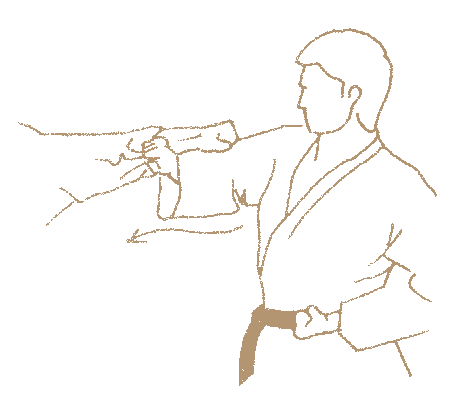Tsukami-uke, also known as "grasping block," is a fundamental technique in Shotokan Karate. It is a defensive move that is used to neutralise an incoming strike or attack, typically a punch, and create an opening for a counterattack.
The technique involves the use of one or both hands to grasp or hold the attacking limb, typically the wrist or forearm, and redirect the force of the attack away from the practitioner's body. This is done by turning the wrist or elbow in the opposite direction of the attack, which disrupts the attacker's balance and power.
In Shotokan Karate, the tsukami-uke is typically executed with the back hand, which is the hand that is not forward. This is because the back hand is considered to be the stronger of the two and is able to withstand more force. The technique is used in both kihon (basic) and kata (formal exercises) in Shotokan Karate.
The proper execution of Tsukami-uke is important for the practitioner to be able to defend against punches effectively. It is essential to practice the technique with proper form and control to build the strength, speed and accuracy needed to execute it effectively in a self-defense situation.
In addition to its defensive capabilities, Tsukami-uke can also be used as an offensive technique. By using the momentum of the attacker's strike, the practitioner can pull the attacker off balance and open them up for a counter attack such as a strike to the head or a throw.

Implementation of the tsukami-uke block.
In conclusion, Tsukami-uke is an essential technique in Shotokan Karate, it is a defensive technique used to neutralise an incoming strike or attack and creates an opening for a counterattack. It requires proper form, control, strength, speed, and accuracy to execute effectively in self-defense situations.

